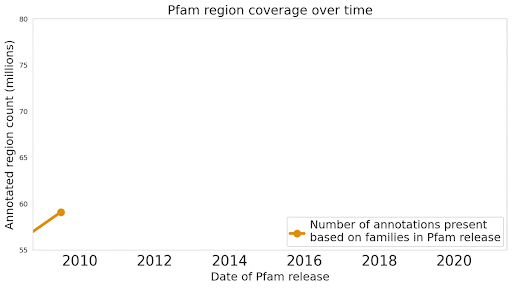In 2020, there were 2.3 million people diagnosed with breast cancer and 685,000 deaths globally. Early cancer detection is key to better health outcomes. But screenings are work intensive, and patients often find getting mammogramsand waiting for results stressful.
In response to these challenges, Google Health and Northwestern Medicine partnered in 2021 on a clinical research study to explore whether artificial intelligence (AI) models can reduce the time to diagnosis during the screening process, narrowing the assessment gap and improving the patient experience. This work is among the first prospective randomized controlled studies for AI in breast cancer screening, and the results will be published in early 2023.
Behind this work, are scientists and researchers united in the fight against breast cancer. We spoke with Dr. Sunny Jansen, a technical program manager at Google, and Sally Friedewald, MD, the division chief of Breast and Women's Imaging at Northwestern University’s Feinberg School of Medicine, on how they hope this work will help screening providers catch cancer earlier and improve the patient experience.
What were you hoping to achieve with this work in the fight against breast cancer?
Dr. Jansen:Like so many of us, I know how breast cancer can impact families and communities, and how critical early detection can be. The experiences of so many around me have influenced my work in this area. I hope that AI can make the future of breast cancer screening easier, faster, more accurate — and, ultimately, more accessible for women globally.
So we sought to understand how AI can reduce diagnostic delays and help patients receive diagnoses as soon as possible by streamlining care into a single visit. For patients with abnormal findings at screening, the diagnostic delay to get additional imaging tests is typically a couple of weeks in the U.S.Often, the results are normal after the additional imaging tests, but that waiting period can be nerve-racking. Additionally, it can be harder for some patients to come back to get additional imaging tests, which exacerbates delays and leads to disparities in the timeliness of care.
Dr. Friedewald:I anticipate an increase in the demand for screenings and challenges in having enough providers with the necessary specialized training. Using AI, we can identify patients who need additional imaging when they are still in the clinic. We can expedite their care, and, in many cases, eliminate the need for return visits. Patients who aren’t flagged still receive the care they need as well. This translates into operational efficiencies and ultimately leads to patients getting a breast cancer diagnosis faster. We already know the earlier treatment starts, the better.
What were your initial beliefs about applying AI to identify breast cancer? How have these changed through your work on this project?
Dr. Jansen: Most existing publications about AI and breast cancer analyze AI performance retrospectively by reviewing historical datasets. While retrospective studies have a lot of value, they don’t necessarily represent how AI works in the real world. Sally decided early on that it would be important to do a prospective study, incorporating AI into real-world clinical workflows and measuring the impact. I wasn’t sure what to expect!
Dr. Friedewald:Computer-aided detection (CAD), which was developed a few decades ago to help radiologists identify cancers via mammogram, has proven to be helpful in some environments. Overall, in the U.S., CAD has not resulted in increased cancer detection. I was concerned that AI would be similar to CAD in efficacy. However, AI gathers data in a fundamentally different way. I am hopeful that with this new information we can identify cancers earlier with the ultimate goal of saving lives.
The research will be published in early 2023. What did you find most inspiring and hopeful about what you learned?
Dr. Jansen:The patients who consented to participate in the study inspired me. Clinicians and scientists must conduct quality real-world research so that the best ideas can be identified and moved forward, and we need patients as equal partners in our research.
Dr. Friedewald:Agreed! There’s an appetite to improve our processes and make screening easier and less anxiety-provoking. I truly believe that if we can streamline care for our patients, we will decrease the stress associated with screening and hopefully improve access for those who need it.
Additionally, AI has the potential to go beyond the prioritization of patients who need care. By prospectively identifying patients who are at higher risk of developing breast cancer, AI could help us determine patients that might need a more rigorous screening regimen. I am looking forward to collaborating with Google on this topic and others that could ultimately improve cancer survival.
